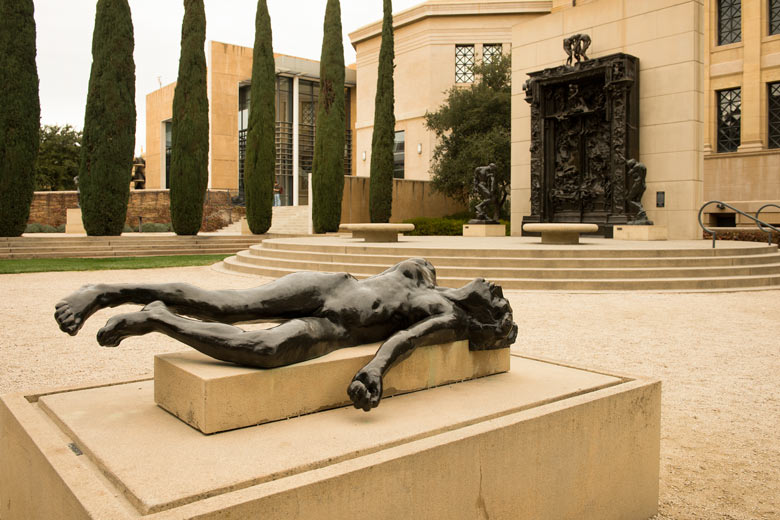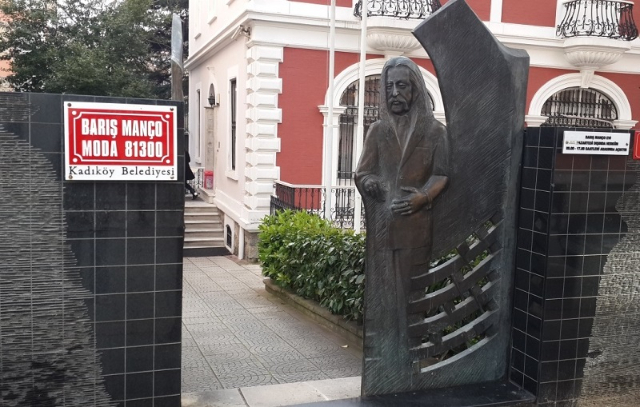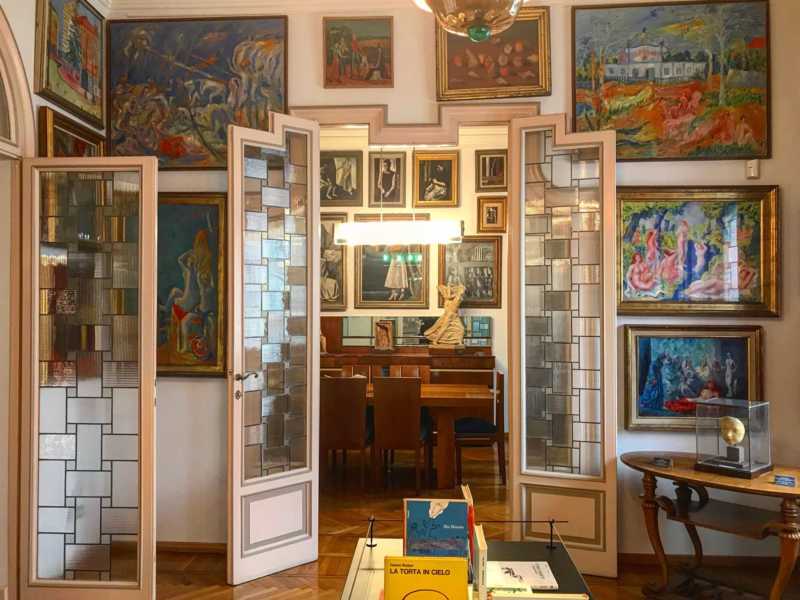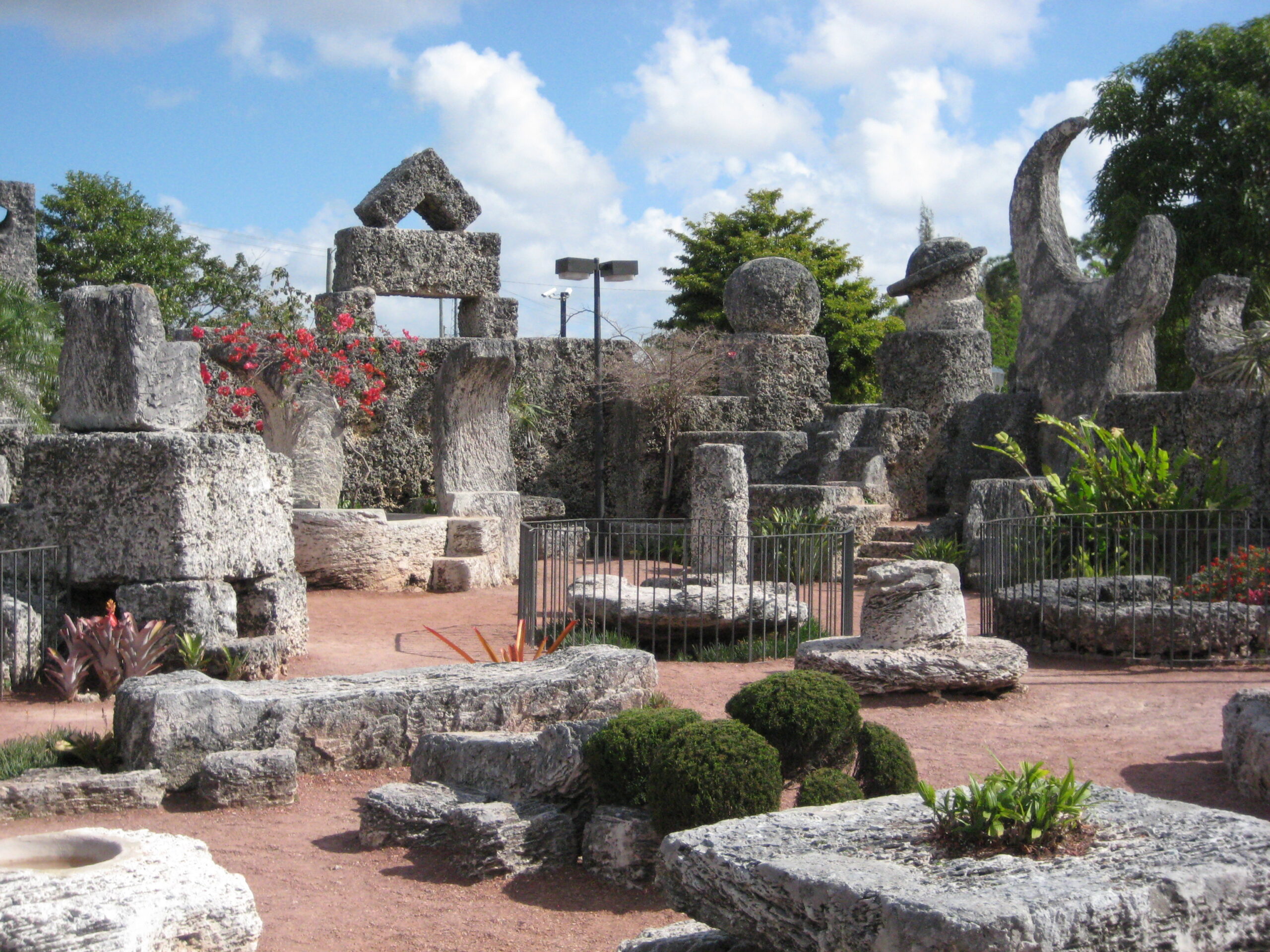Auguste Rodin’s masterpiece The Gates of Hell is an epic achievement: a massive portal to Hades inspired by Dante’s Inferno, its towering doors covered with nearly 200 individual figures. Commissioned in 1880, the project was to be the main entrance to the museum of decorative arts in Paris, a museum that was never built. A century later, legendary New York businessman and philanthropist B. Gerald Cantor and his wife, Iris, convened a team of experts to attempt the first-ever bronze casting of The Gates of Hell using the painstaking "lost wax" method that Rodin himself had favored. The finished piece would stand 21 feet high and 12 feet wide, and weigh eight tons.This one is on the Stanford University campus in the B. Gerald Cantor Rodin Scultpure Garden. The garden has 200 works by Rodin, most of which are cast in bronze, though the university has others in wax and terra cotta.













